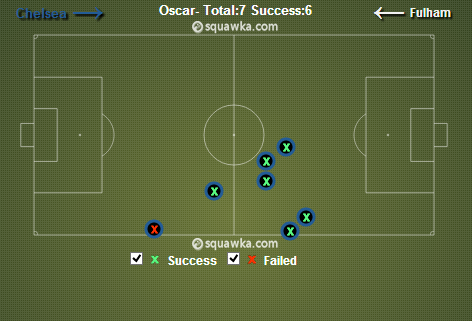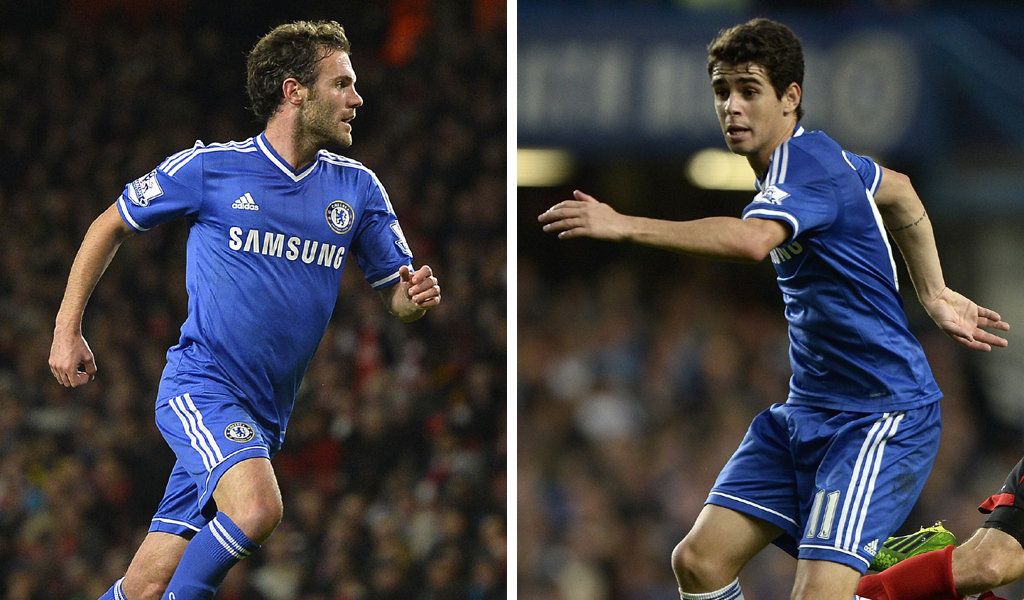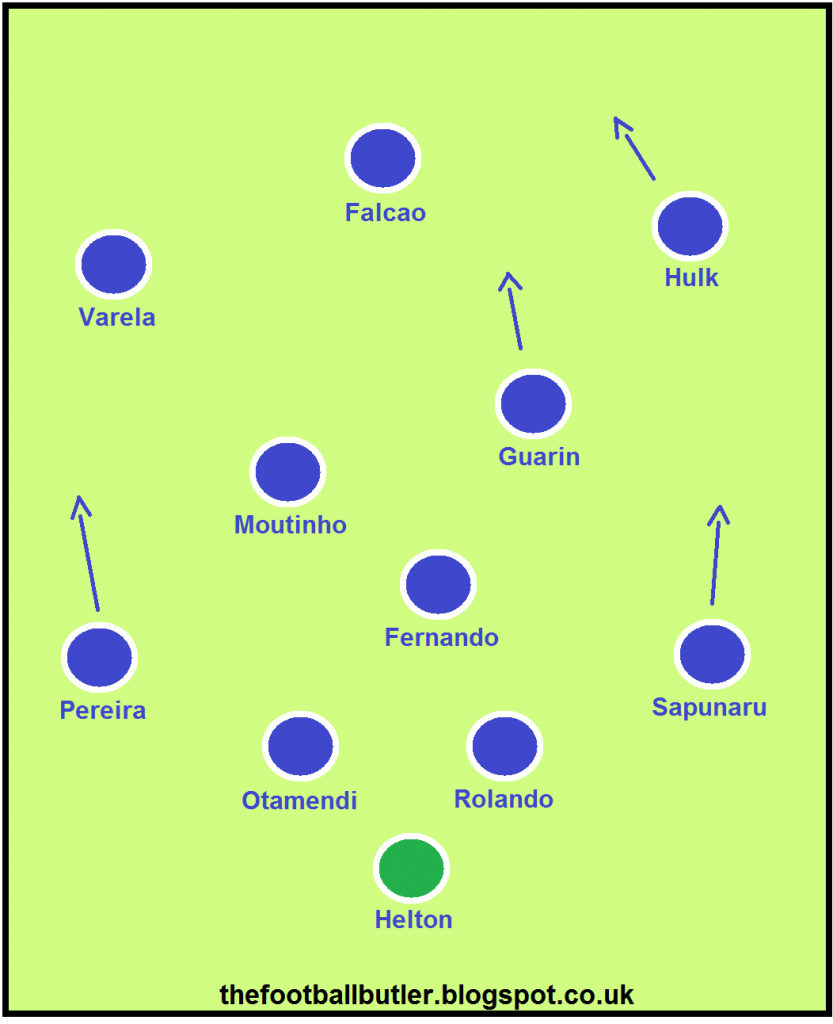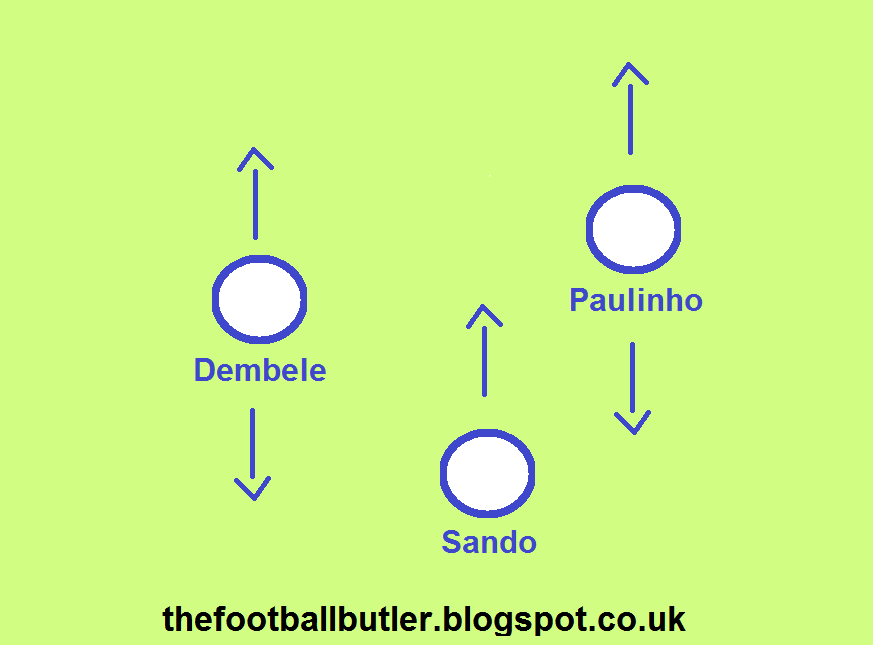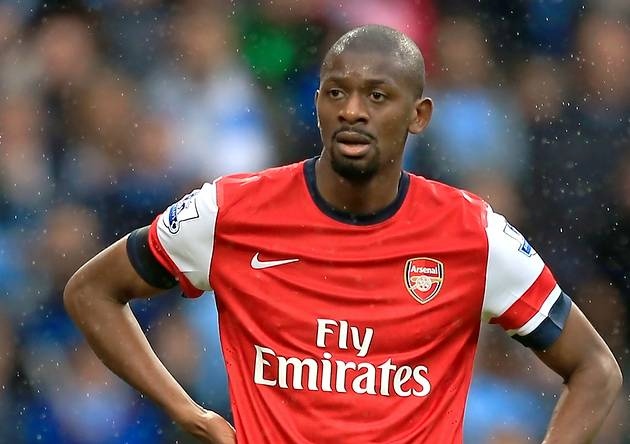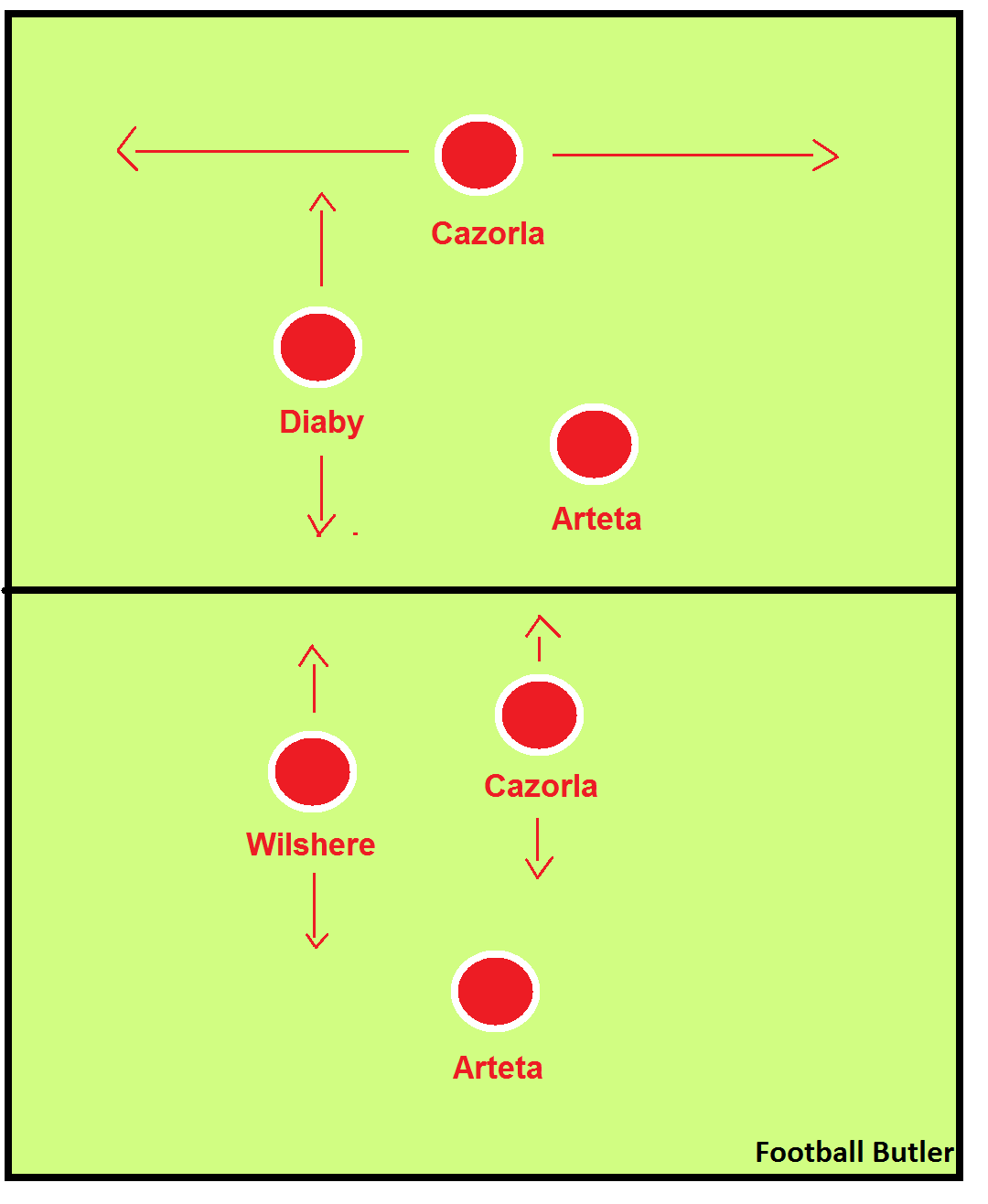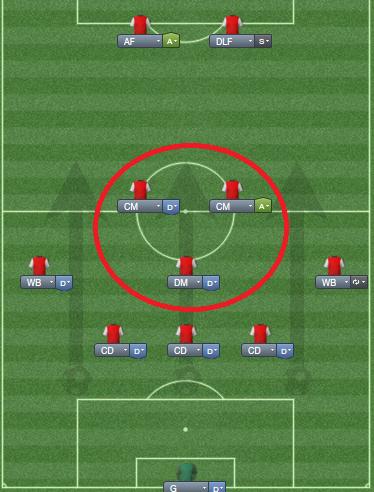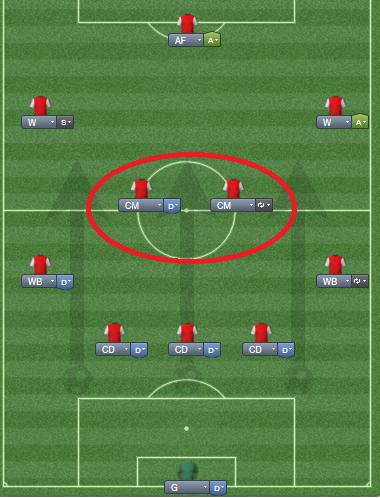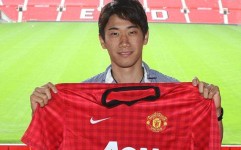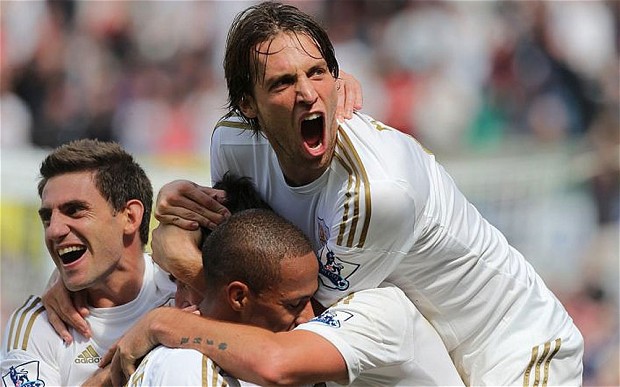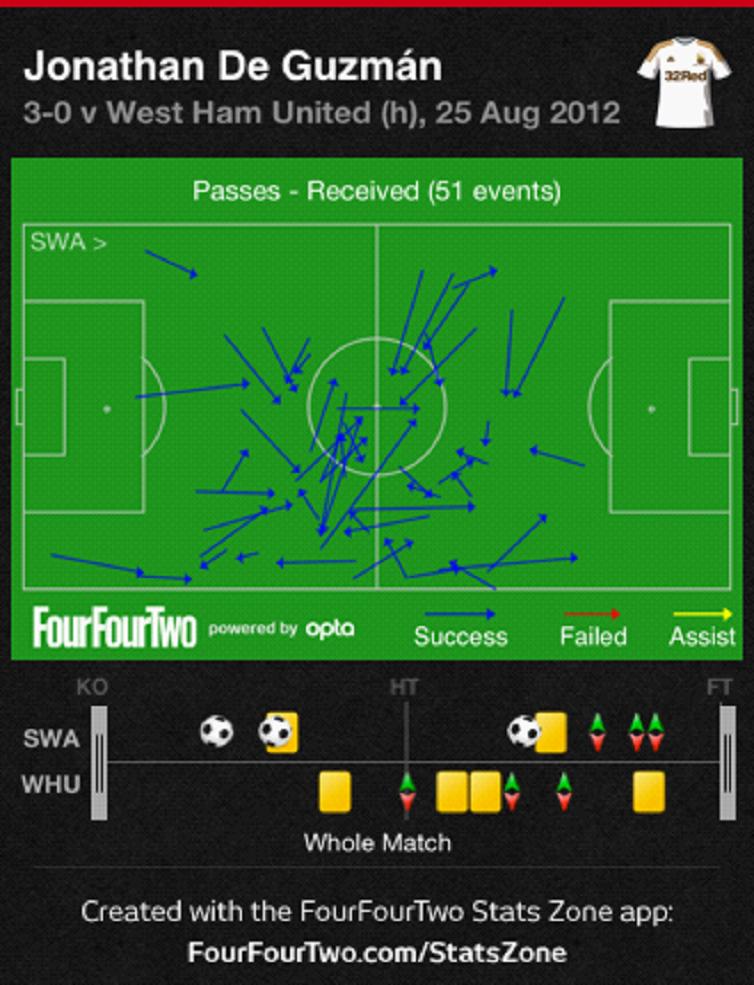Barcelona had always battered teams. That was just how La Liga was. They had the history, the allure, they were a big-city team, they had one of the world’s best footballing academies, and they had the money. They were spurred only by their rivalry with Madrid-based rivals, and when Barcelona’s expensively-acquired superstars had conquered Real’s expensively-acquired superstars, there wasn’t much left for them to do.
It was no longer enough to win trophies, and comfortable wins were routine. Soon, scoring four or five on a weekly basis was the norm, and like a master seeking Godliness (or a junkie seeking a more severe high, depending on your perspective) they began to claim a kind of football which would affect the very nature of the game itself.
It’s difficult to pinpoint just where possession-obsession began, and where simply being a better team ended. If Guardiola foresaw Barcelona’s recent brand of side-passing, tiki-taka, end-of-the-rainbow football in 2008 then he was truly a visionary, but it’s easier to believe that he was merely following the philosophy of Cruyff’s triangles, Rijkaard’s tempo, and Barcelona’s quality to its inevitable conclusion. In his defence, the dispensation of Ronaldinho’s services indicate he may have been privy to the secret before others.
Ronaldinho was, and still is, a genius. Flitting in and out of games with his scarecrow smile, he didn’t care about the result, the defence, the 80,000 fans or the team. Genuinely unpredictable, he would stroll around flicking his straggly horsetail until inspiration took him, as if to say ‘hey, you can give me the ball now, I’ve just had an idea for a trick’ - not for him the safe option or pass completion stat.
When his nappy, ghetto-child locks were replaced by Messi’s ‘but I don’t want to cut me hair, mum‘ sullenness Barcelona severed ties with flashy, individualist, playground-emulated football, and paved the way for a brutally psychological kind of winning.
It was during Euro 2008, then World Cup 2010, that possession football, and with it Spain, stamped itself over European football. Excuses of TV money, unequal squads, and being a one-man-team were redundant.
Despite Germany’s burgeoning vibrancy, Brazil’s new-found toughness, Holland’s diversity of quality, and Italy’s new look, Spain’s Catalan core took the trophies with what seemed like ease.
Here they were, a team of stars not noticeably better than their opponents, but with a type of football that had not been played at this level before. Granted, their journey’s were dotted with lucky wins (Chile) and fairly unconvincing 1-0’s (Germany), but a record of three out of three in international tournaments shows it was no fluke.
Once merely a side-effect of playing better, possession became the cause. As if goals could not be scored unless your possession percentage was above your opponents, teams began to pursue possession above all else.
Newly promoted Swansea became poster boys for keep-ball football; a symbol of hope, not only that such a style could be played on the damp fields of English football, but that you could survive the Premiership’s rough-and-tumble pace by doing so.
Conveniently ignored were teams like Stoke, who had achieved arguably even greater successes with fairly sub-standard players for years by playing the most physical and direct football this side of 1978.
Likewise Manchester United, who despite being ridden with problems in the midfield and outplayed plenty of times during the 2012-2013 season won the title on the back of incisive attacking threat and the pursuit of goals above defensive solidity or midfield control.
Yet here we are, Rodgers at Liverpool amongst talk of ‘the project’ and ‘passing the ball along the ground’ as if 10 yard passes were discovered in 2011; Guardiola at Bayern Munich, themselves having reached the top of the mountain and now looking to do it all over again but this time like Barca; and all over the premiership teams delude themselves into thinking their poor results don’t matter because they had the lion’s share of possession.
What began as an interesting counterpoint to the conventional wisdom of pace, width, and dynamism is in danger of becoming staid routine, as teams press vigorously high up the pitch only to recede with the ball safely when it is in their own possession. Matches begin to get bogged down in formality and lack of creation instead of the usual to-and-froing of British 0-0s.
And always that percentage stat, flashed on screen as an indicator for who is actually ‘winning’, when it would be far more useful to see how many headers Stoke are contesting, how many runs Chelsea are making, or how many forward passes Arsenal are playing.
There’s a danger here, somewhere. In the Premiership particularly, where crowd noise rises and falls with every dangerous cross, crunching tackle, and goalmouth scramble - it will be hard to support your team when they actively try to avoid all of the above. The conflation of possession with effectiveness may prove to be a downturn for the sport.
Just as fast courts made tennis matches repetitive exercises in serving aces, two opponents whose primary concern is not losing the ball may make for the dullest football since Catenaccio was the Italian default.
Even when it works, there is something inhumane and cruel about possession football. Like bullies tossing the spotty kid’s satchel around the classroom, or an animal toying with his dead prey as an entree. It is four-parts personality to one-part purpose.
Commentators may talk of ‘tiring’ them out, but the fatigue is mental - to play keep-ball is to humiliate the opposition into submission. Likewise you must succumb to darkness yourself, as the indulgent joy of trying to go on a mazy run between defenders, or loft a 50 yard ball into a striker’s path, is not allowed - it’s too risky, and the price of possession is individual expression.
Incidentally, it was possibly Mourinho’s greatest trick to recognise all of this, and instead of succumbing to the default position of awe that many opposition managers took, turned every encounter into a pantomime of farce. His record against Barca isn’t stellar, though it is respectable, and he stole from them the things they now craved - respect, subjugation, and ultimately, a league title.
Possession football may struggle to take over completely, no matter how irresistible it may be to managers, papers, and armchair tacticians. It is an art that requires its own tools, and there just aren’t enough to go around. Look into the depths of lower-league football (which always betray a country’s innate footballing taste) and see how ill-suited most players are.
Serie B is littered with uncompromising defenders and old-fashioned strikers, Ligue 2 is a patchy mix of temperamental individual talents struggling to congeal, and our own League 1 is home to as many single-minded athletic Lampard-alikes as a country could ask for.
The only country which produces many of the kind of diminutive, close-control orientated, communal-minded characters that tiki-taka needs is Spain (and perhaps Chile, though they have taken a different path in recent years). While the rest of the world may get a Mata, Silva, or Cazorla here and there, La Liga has the personnel, and the style, sewn up.
Our modern, over-reaching distaste for the long-ball - no matter if it’s a meticulously-placed intended pass or a perfectly whipped cross from deep - may have trapped us into this corner of triangular passes.
Our constant search for any extremist method by which we can slightly increase our stake in this ultra-competitive era of football means we’ve assimilated the philosophy of possession football swiftly and deeply.
In a bizarre irony, the more we see our teams struggle to play it, the more it may seem like the holy grail of footballing answers, but in our dedicated narrow-mindedness, we may lose more than we gain.
Written by Johnny Peters
Please like O-Posts on Facebook
You can follow O-Posts on Twitter @OPosts
